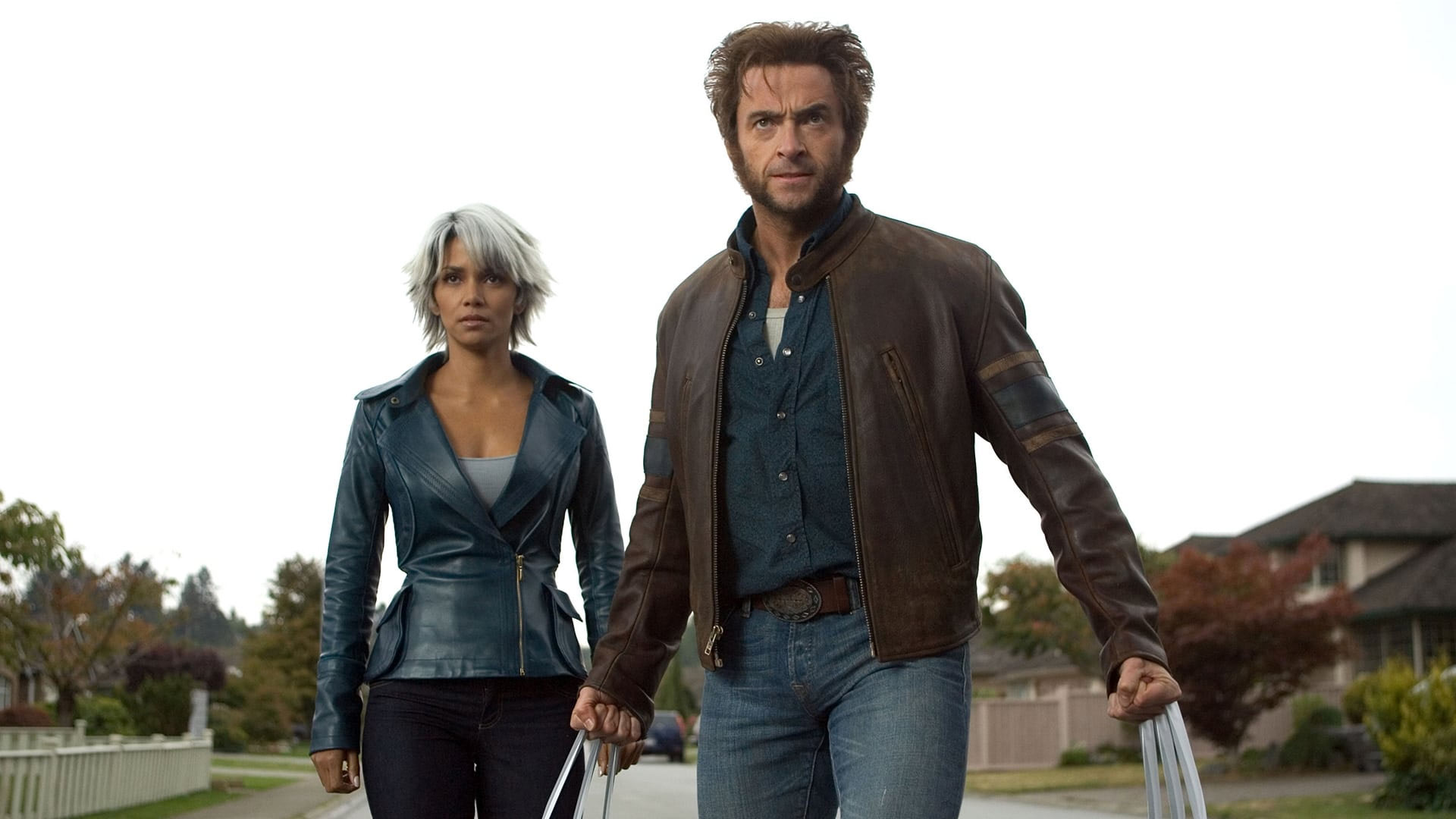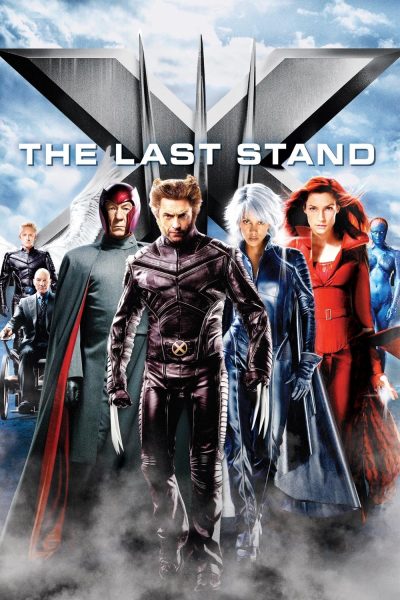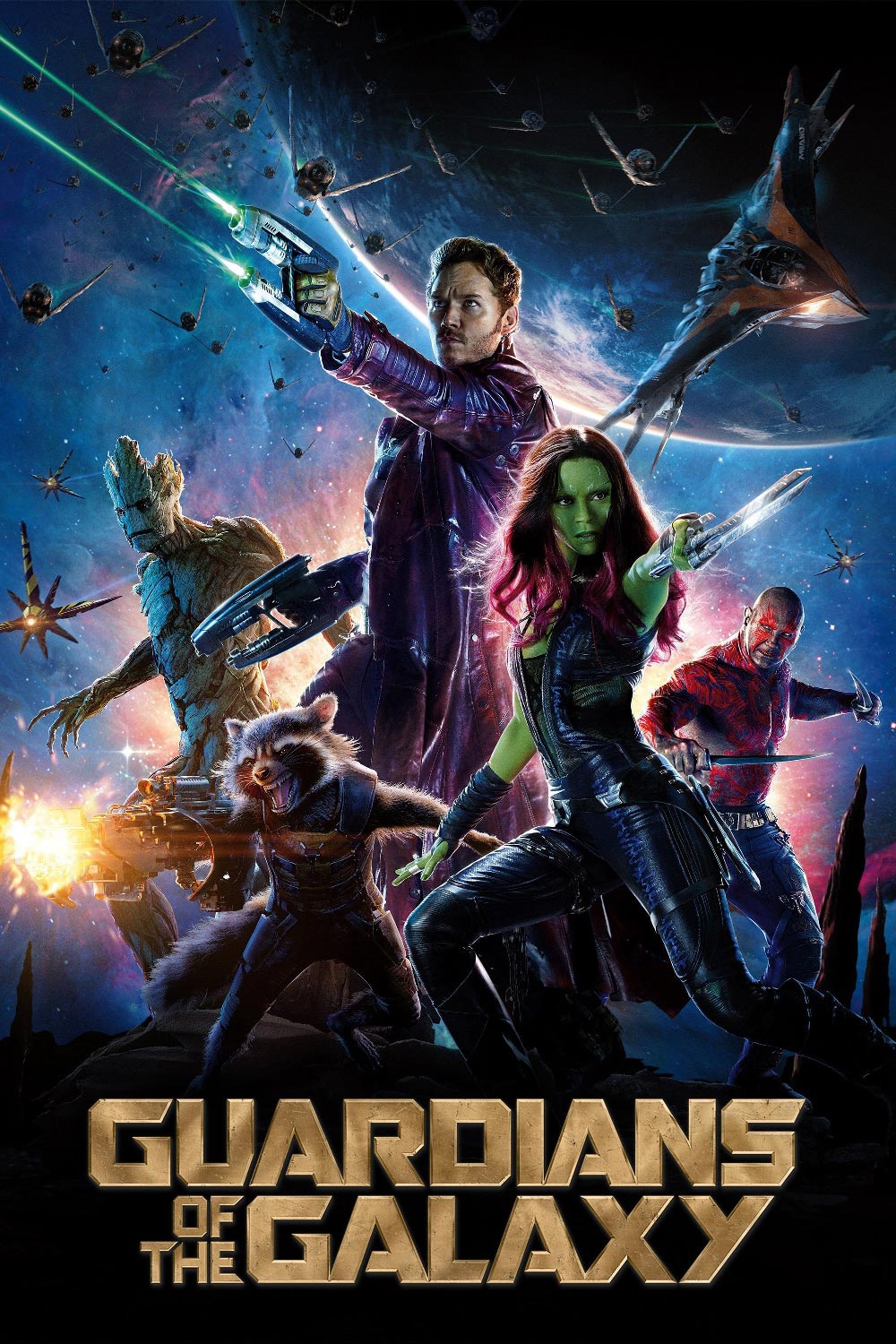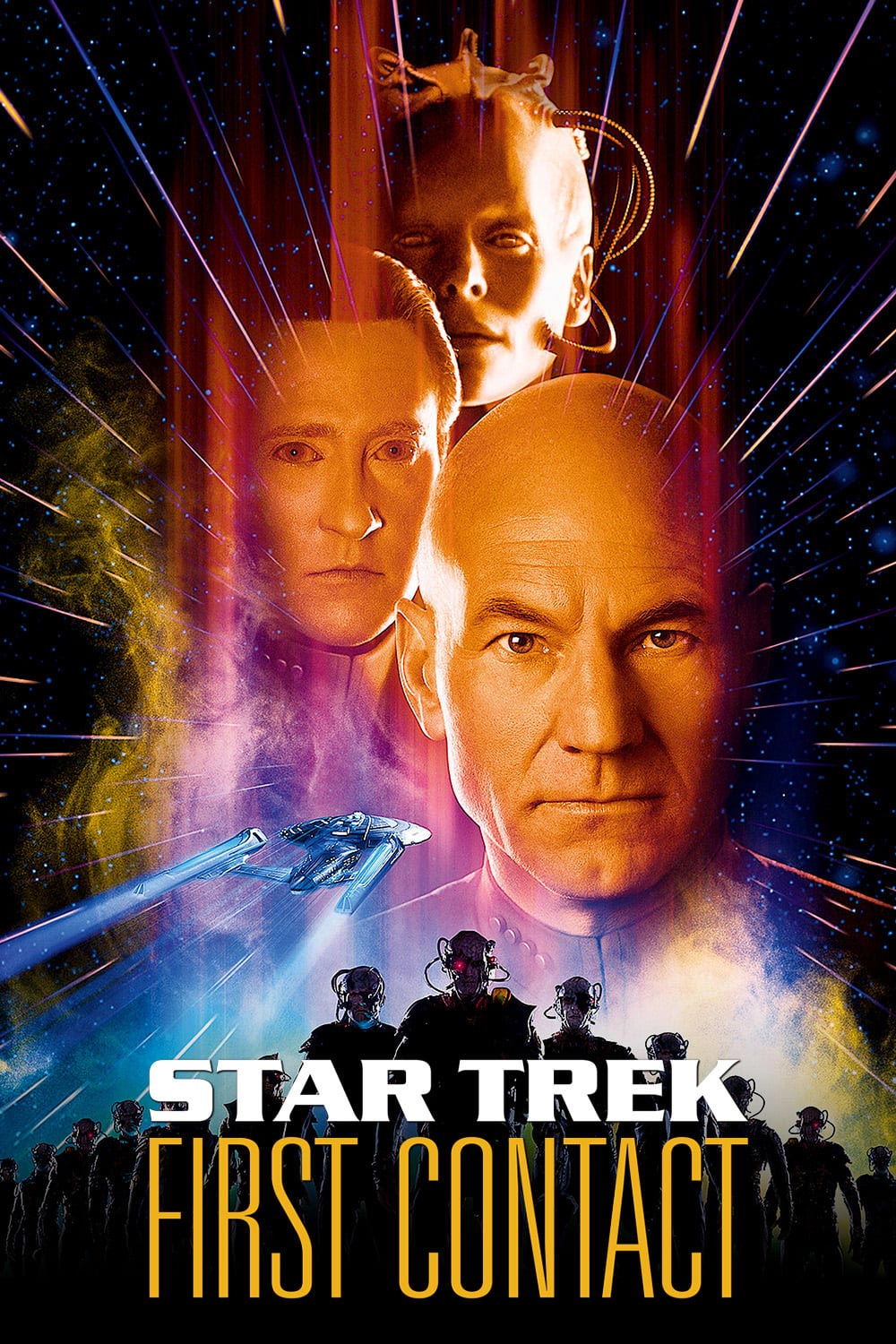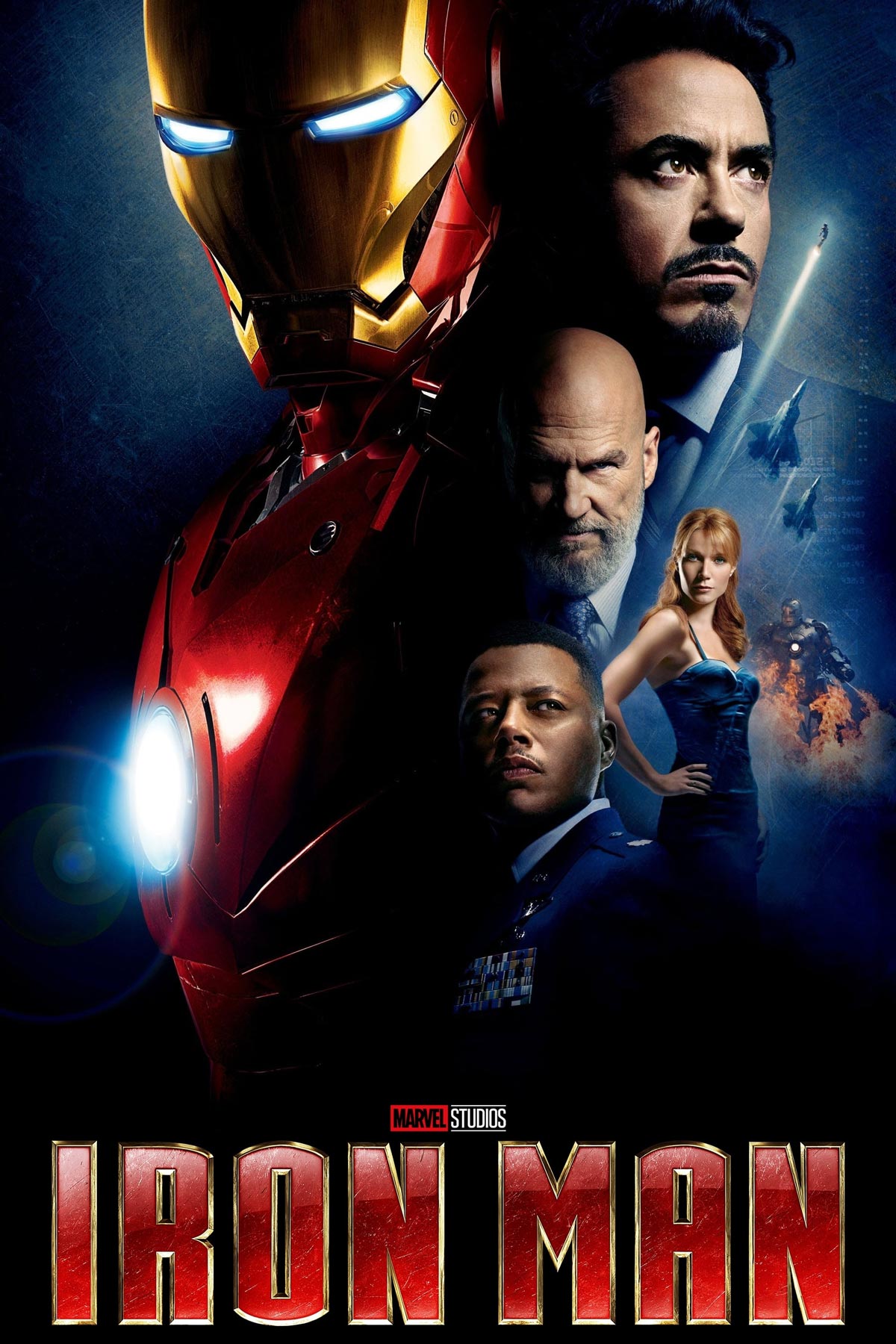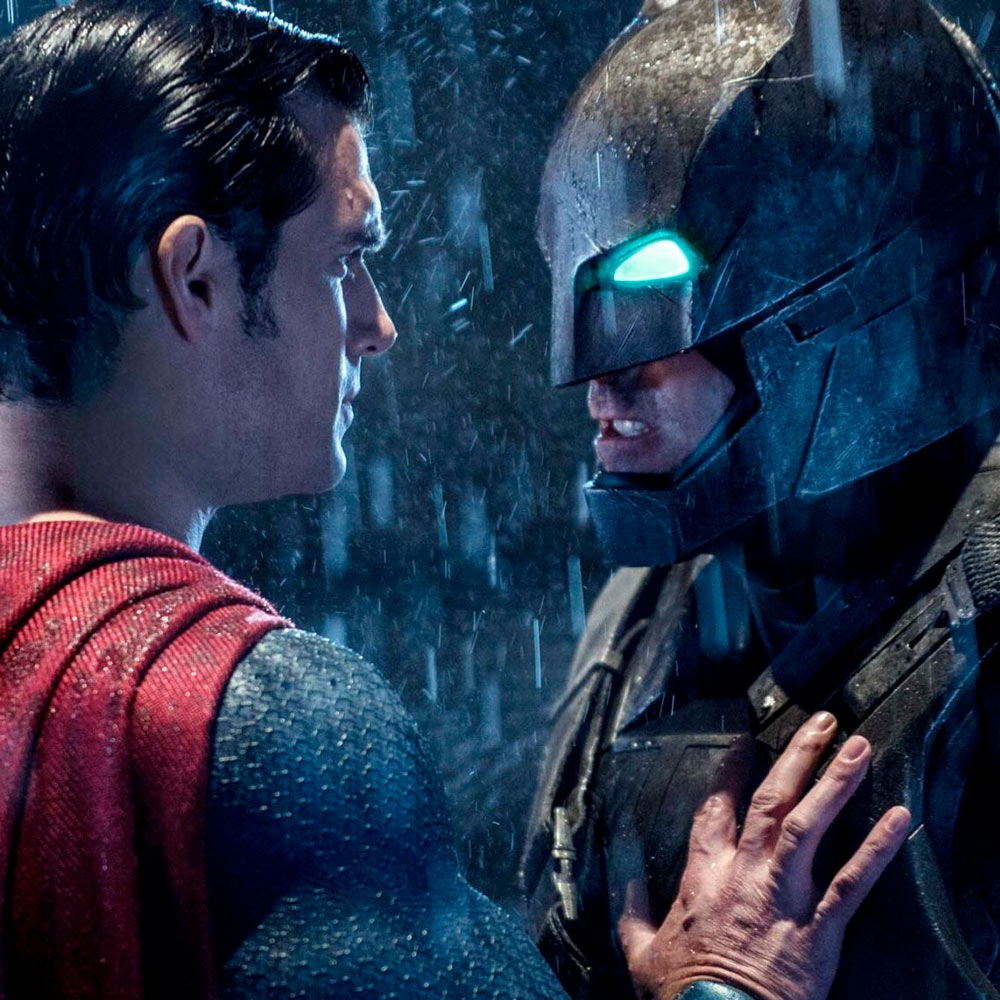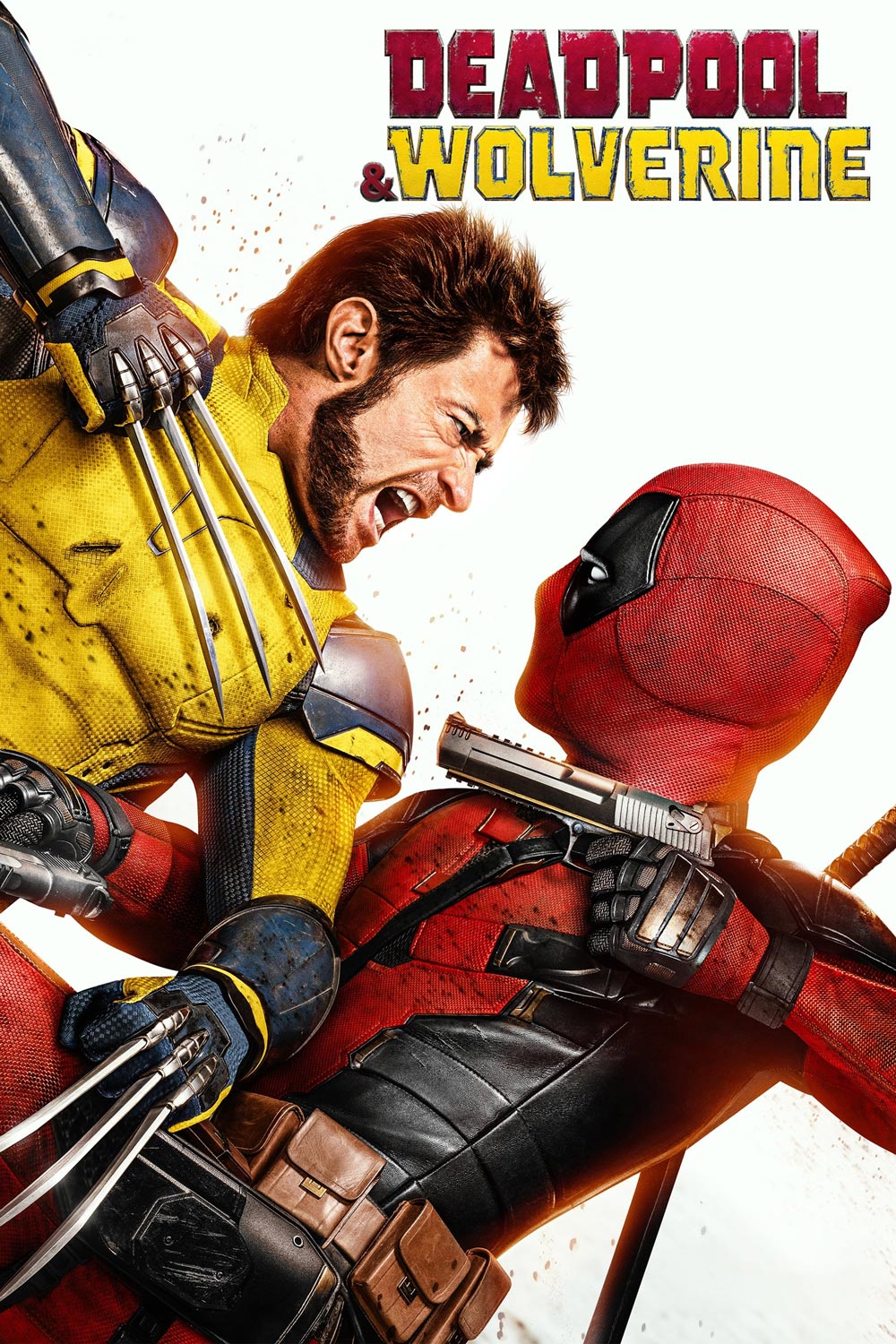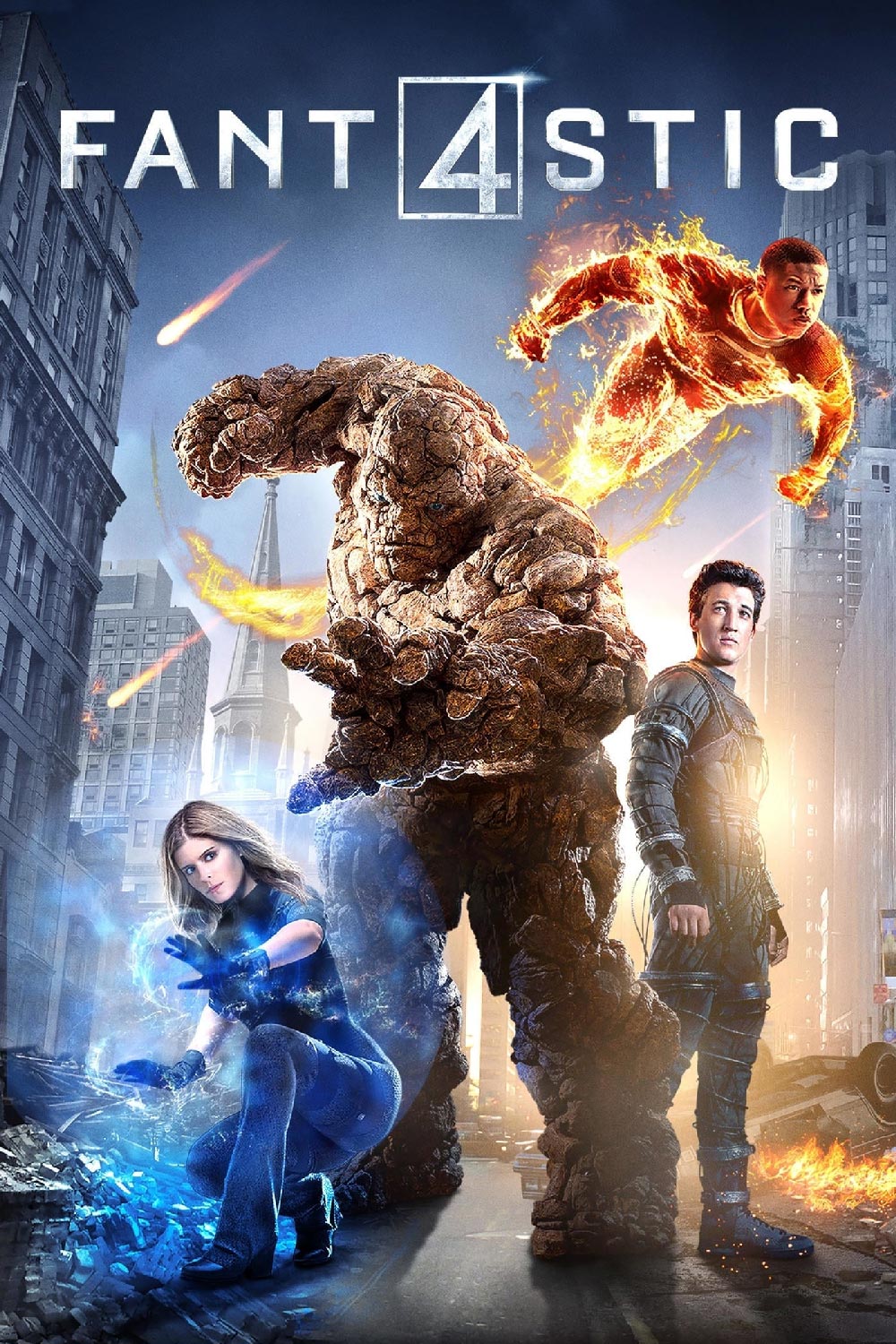Published on
The original X-Men trilogy comes to a close with X-Men: The Last Stand. After directing two installments Bryan Singer opted to direct Superman Returns, opening the door for Brett Ratner. Ratner is a typical studio director. He’s capable of directing big blockbuster movies, but he has no distinctive voice, style or tone as a director. He delivers what a studio wants him to deliver. X-Men: The Last Stand is the perfect example as this feels like a movie directed by studio executives.
X-Men: The Last Stand contains two main storylines. First is the invention of a cure against the mutant gene. By injecting a small dose of a vaccine, a mutant is instantly stripped from all of its mutant abilities. It’s labeled a cure and some people see it as such, while others see it as a threat. They’re afraid that this vaccine will be forced upon them even if they feel like they’re born this way and this is who they are. Their fear is justified.
The second storyline revolves around the Dark Phoenix saga. It’s one of the most famous X-Men comic book storylines and is all about Jean Grey becoming the Dark Phoenix. This was already hinted at at the end of X-Men 2. If you’re reading this and you’re not familiar with the comic I’ll summarize it for you in layman’s terms: Jean comes back from the dead as the most powerful mutant ever. But she’s also mentally unstable as she has symptoms of dissociative identity disorder.
Ratner has to balance the movie between these storylines, but he lacks the skill set to do so. The Dark Phoenix story is only used for shock value in the first half of the movie as Jean kills of two main cast members. While its obvious they are setting Jean up to be the big bad of the movie during the final act, her role is largely delegated to a background character once she joins Magneto. And I mean that quite literally. While Magneto is constantly giving speeches she’s just standing there silently behind him.
The Dark Phoenix storyline deserves its own movie, which it actually got in 2019 with X-Men: Dark Phoenix. But somehow they turned it into an even larger mess than Ratner did here.
The cure storyline is one where Singer would have sunk its teeth into. Much of the heavy dialogue comes from this storyline and it certainly is the best part of the movie. For characters like Rogue and Angel the ability of becoming a normal human being is a choice that could make their lives better. Not every mutation is one for the better and some are a real burden. Rogue’s inability to touch other people basically takes away her option to ever find love and a connection with another human.
Mutants have always been an allegory for homosexuals. It’s not a coincidence that being a mutant manifests itself around puberty and gay director Bryan Singer used his own experience in giving the first two movies a heart. X-Men 2 even contains a coming out scene in which one character tells his parents that he’s gay a mutant. To which his mother responds with the classic but ignorant line: Have you tried not being a mutant?
The cure in this movie is the equivalent of gay conversion camp. In the hands of Singer this could have been a heartfelt story about the struggle of people with their mutation. A story about people just wanting to fit in and not be different from the others, but also people who are forced by their surroundings to take the cure. But in the hands of Brett Ratner most of the subtlety is lost and the movie only dedicates a small portion of its already meager 100 minute running time to characters having these struggles. One of them being Angel.
Angel is a new addition to an already large roster of characters. The movie opens with his character as a young teenager who is trying cut off his wings so he fits in. It’s shocking sight and the one scene that probably sticks with you. When the cure is discovered by his dad years later he is eager to take it, yet decides otherwise at the last moment and he takes off. He isn’t seen until late in the final act as he swoops in to save his father from falling off a building.
Angel’s perfectly sums up what is wrong with X-Men: The Last Stand. New characters hardly get their chance to shine, always standing in the shadow of Magneto and Wolverine. The latter having become the posterboy for this series. Wolverine being the central character only makes sense from a studio standpoint. He’s the biggest draw, but he serves no purpose in both storylines. He’s fine with his mutant abilities and all he does is give Rogue some paternal advice concerning the cure. He’s used more emotionally in the Dark Phoenix storyline, but his relationship with Jean Grey never felt real in all three movies. He was into her, but they never had a real love story or such a connection even.
Originally being intended to be the actual end of the trilogy, in X-Men: The Last Stand everyone is fair game. Main characters either die or lose their mutant abilities delegating them to just normal human beings. But it’s a lackluster finale which is mostly about a bunch of mutants taking on the X-Men. Like always these fights are fun to watch do to all the different abilities characters have, but from a grand big finale point of view the whole fight is kind of a letdown. Even when the Dark Phoenix finally decides to be part of the story again.
All of this makes X-Men: The Last Stand just your basic Hollywood superhero blockbuster. There are tons of nice action pieces, but they take up space originally intended for character development. The movie just feels like this big studio production with no eye for details. One of the most glaring examples of this is Mystique’s escape from a prison transport.
After meeting a few new mutants Magneto mentions he needs help locating a certain one. The movie cuts to Mystique being transported in a prison convoy. This is a scene in which she taunts the guards and threatens to kill them. The movie then cuts to five unrelated scenes totaling 12,5 minutes of screen time which makes it feel like we’re seeing events that transpire over different days.
This is what happens between the scene establishing Mystique is in a prison convoy and Magneto breaking her out of the convoy:
- Hank Mccoy arrives at a laboratory and discusses the cure with one of its developers.
- Scott goes to a lake and resurrects Jean. Jean then kills Scott sending out a wave of telepathic energy alerting everyone of her existence.
- Logan en Storm travel to the lake and discover an unconscious Jean.
- Jean is brought back to the school and Xavier provides a bunch of exposition.
- Angel is about to receive the cure but changes his mind at the last moment.
After all of these scenes the movie cuts back again to Mystique who is still being transported by the convoy and Magneto waiting on that convoy in the middle of the road. Why they made that cut from the convoy to different storylines before going back to the convoy I don’t understand. It would feel more natural if they would show the scene with Mystique in the convoy first and then cut directly to Magneto waiting in the middle of the road. This is the quality of editing a movie of this scale has, which speak volumes about the amount of care that went into this production.
But at least we got to see a latex muscle suit wearing Vinnie Jones proclaim: I’m The Juggernaut, bitch!
